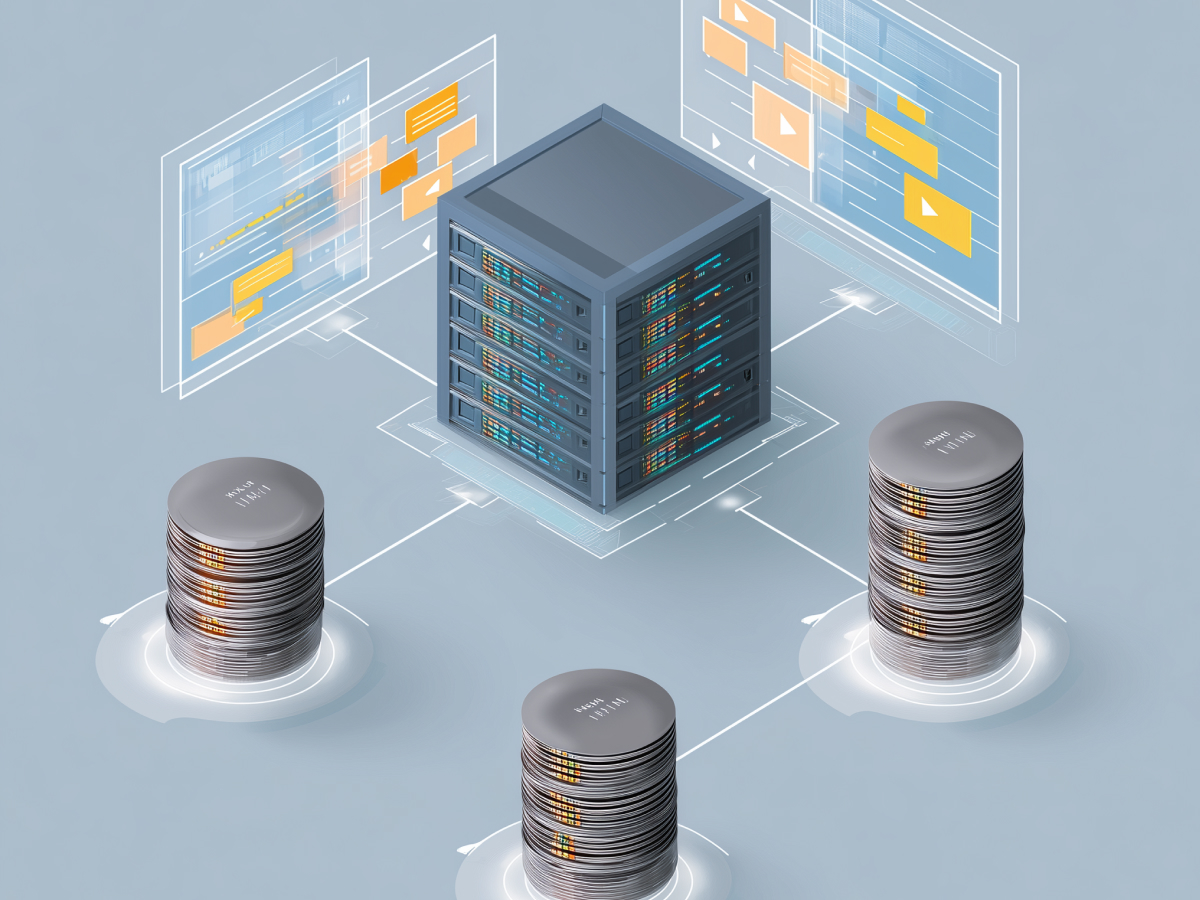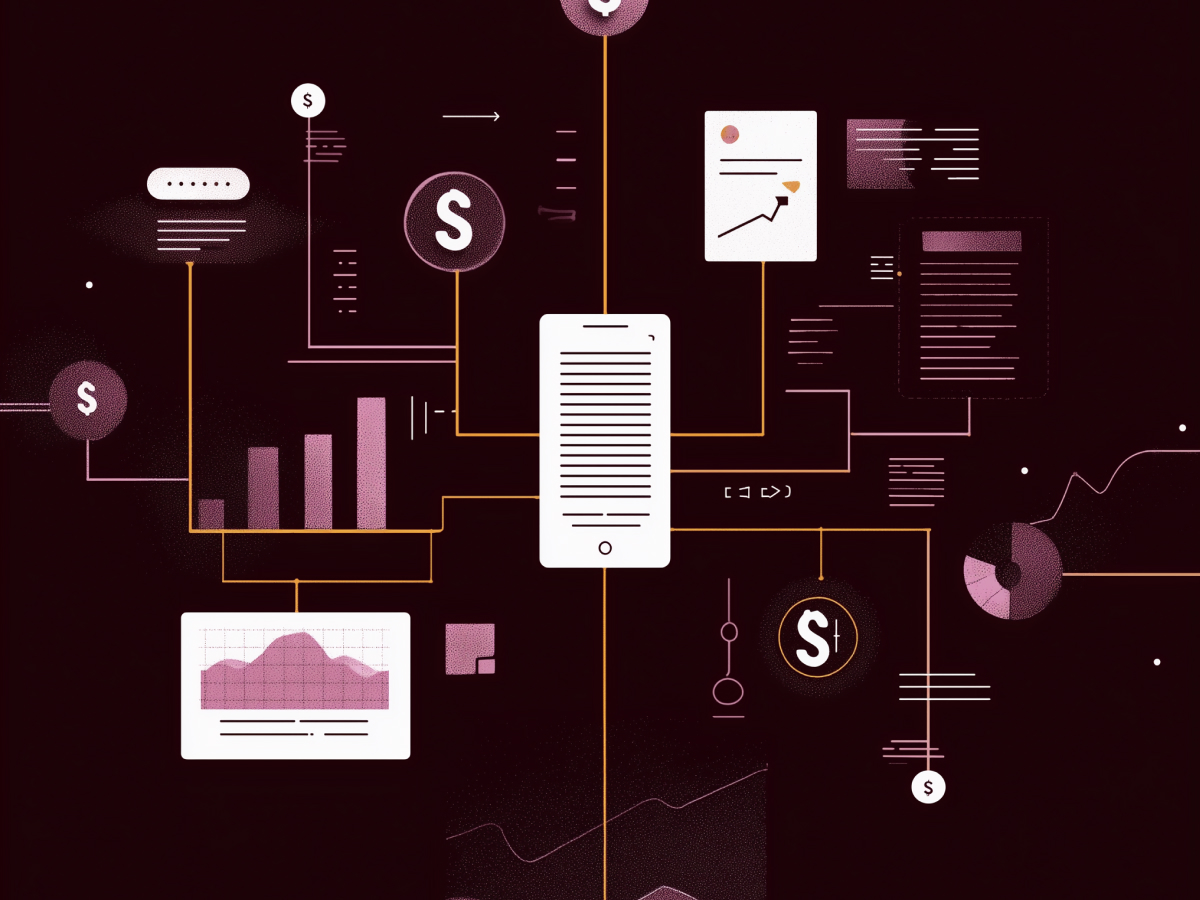The UK launches an AI energy council to align AI growth with sustainable energy development
Right now, AI is scaling fast. The infrastructure to support it is essential. But when you scale compute, you scale energy consumption. That’s the crux of it. The UK gets this. With the launch of the AI Energy Council, they’ve taken a decisive step to manage that growth without breaking sustainability promises.
The AI Energy Council is engineered to solve a tough problem: how to feed the growing appetite of AI systems while keeping carbon output under control. Strategically located AI Growth Zones have been rolled out to support high-capacity systems. Each one taps into energy capacities starting at 500 megawatts. That’s enough to power about two million homes. It’s real power for real performance.
Bring in the right people, put compute where energy is currently under-used, and open the door for serious investment. That’s how you generate long-term economic growth. And by integrating clean energy from day one, they’re building AI infrastructure that won’t need to be retrofitted later to meet net-zero targets. Makes a lot more sense to do that at the beginning, not after the grid is already overloaded.
Peter Kyle, UK Secretary of State for Science, Innovation, and Technology, put it clearly: “The work of the AI Energy Council will make sure we are powering our AI needs to deliver new waves of opportunity in all parts of the country, and can do so in a way which is responsible and sustainable.” That’s big-picture thinking. And it’s what matters right now.
Here’s what C-suite leaders should understand, AI is an economic engine. But engines waste fuel if you don’t think through the infrastructure. The UK is building a framework that’s not just functional, it’s future-proofed. You want to scale AI across business verticals? Make sure your power strategy scales with it. That’s what this Council is set up to deliver.
The council will promote clean energy for powering AI infrastructure
AI needs power. Not just lots of it, but the right kind. Clean, scalable, and built for long-term load. The Council isn’t only trying to meet rising energy demand; it’s planning how to meet it without locking in decades of emissions. That’s why clean energy, renewables and nuclear, is a central focus.
This isn’t just a regulatory checkbox. It’s practical policy. Renewables like wind and solar are getting cheaper and faster to deploy. Nuclear, while slower to scale, offers consistent output and low emissions. Both are on the table because AI infrastructure needs baseload reliability and environmental accountability. The Council is working to integrate these into the power backbone for data centers and future computing hubs.
There’s also an operational layer here. Running AI infrastructure takes more than electricity, it takes water, space, and efficient thermal design. The Council’s job is to advise on how to optimize these inputs while scaling compute capacity. That includes making sure the facilities tapping into these clean energy sources are doing it in a way that minimizes waste and supports long-term grid stability.
For C-suite leaders, this is the part where business decisions start to impact national infrastructure. Building AI products at scale? That comes with energy costs. If energy sourcing cuts into carbon budgets or exposes the company to regulatory risk, it’s going to slow down or get expensive fast. Governments are now signaling that alignment between AI innovation and sustainable energy is not optional.
The UK government’s Clean Power Action Plan has set the foundation, prioritize infrastructure that connects clean power to high-priority economic projects like AI, and do it before bottlenecks appear. If your company is investing in AI in the UK, this is your signal: build clean from the start, or you’ll need to rebuild later.
So the message is pretty clear. If you’re serious about AI growth, you need to be serious, now, about where your energy comes from. The UK’s approach shows this is already happening.
Strategic reforms to the UK energy grid enable accelerated AI expansion and infrastructure deployment
AI doesn’t wait. If infrastructure lags, you lose momentum, and market position. The UK government understands this and is moving fast. Working with Ofgem and the National Energy System Operator (NESO), it’s reforming how large-scale energy users, like AI data centers, get connected to the grid. The aim is speed, scale, and predictability.
Right now, the grid connection queue is one of the biggest bottlenecks for deployment. These queues delay energy projects and hold back AI growth. The proposed reforms could unlock more than 400 gigawatts of grid capacity that’s currently tied up in approvals and red tape. That number is real, and the pipeline matters for anyone investing in AI infrastructure in the UK.
These reforms do two things. First, they clear the path for energy projects that have the technical readiness to go live. Second, they prioritize mission-critical sectors like AI, clean manufacturing, and large-scale compute. No one wants to wait three to five years for a connection date, that’s the kind of delay that kills deployment. Reforms like this build load-ready zones where companies can connect fast and scale on time.
To move at the pace AI demands, certainty is critical. Planning approval timelines are being condensed, processes simplified, and local grid operators are aligned with national priorities. This creates a faster runway for AI developers, hyperscale data center operators, and tech firms that are lining up to expand in the region.
Jonathan Brearley, CEO of Ofgem, put it directly: “AI will play an increasingly important role in transforming our energy system to be cleaner, more efficient, and more cost-effective for consumers, but only if used in a fair, secure, sustainable, and safe way.”
Executives should take note. Faster approvals and more predictable grid access lower the barriers to entry for AI infrastructure. If your AI roadmap includes expansion in the UK, these reforms mean you may not need to wait years to get online. That’s time back on the market, and that matters. Especially when every new compute deployment could give you a competitive edge.
The council represents a collaborative effort between major energy and technology stakeholders
AI infrastructure isn’t built in silos. Energy providers and tech companies need to work from the same blueprint. That’s what the UK’s AI Energy Council is doing, it brings together senior leadership from 14 major organizations across energy, infrastructure, and computing sectors to make sure the system scales efficiently.
This includes regulators like Ofgem, national grid operators, and companies like EDF, Scottish Power, National Grid, Brookfield, Amazon Web Services, Microsoft, Google, and ARM. They’re not loosely affiliated. They’re at the same table, aligning grid capabilities, AI deployment schedules, investment strategies, and sustainability requirements. What makes this powerful is the shared intent. Everyone involved has both the need and the responsibility to make this work.
For Amazon Web Services, being part of this group isn’t symbolic. Alison Kay, AWS VP for UK & Ireland, made it clear: “At Amazon, we’re working to meet the future energy needs of our customers, while remaining committed to powering our operations in a more sustainable way.” AWS has been the world’s largest corporate buyer of renewable energy for five straight years. That scale alone forces system-wide coordination, and it’s good to see it happening here.
From a business perspective, this is the shift from isolated infrastructure plays to coordinated system design. Tech giants are now co-developers of how energy systems evolve. That means companies looking to scale AI workloads will need to think upstream: where the power comes from, how it’s routed, and who is responsible for future stability.
This kind of collaboration makes scaling cleaner and faster. It reduces blind spots, technical, regulatory, and logistical. And for executives planning multimillion-pound investments in AI, it’s a more stable foundation. You already know deploying AI at scale isn’t just a software problem. It’s power, heat, regulation, logistics, and uptime. With this Council model, there’s a structure to address it all in parallel.
If your company is in the business of scaling compute, aligning with the Council’s approach, or working in markets where models like this are active, makes sure you’re building against a future-ready grid, not a backward one. It’s a clearer path to sustainable expansion. The collaboration is necessary.
AI-enabled energy innovation is central to the UK’s broader vision for economic development and sustainability
The UK government is integrating AI into the country’s energy and economic strategy. Through the AI Energy Council and aligned national initiatives, AI is being positioned as a foundational tool to modernize how energy is produced, distributed, and consumed. This is a coordinated shift designed to unlock economic growth while strengthening energy security and reducing emissions.
The Clean Power Action Plan and the Plan for Change both prioritize infrastructure that can handle rapid technological shifts. AI plays a direct role in this. It improves how the grid is managed, enhances demand forecasting, and increases operational efficiency across energy value chains. That means fewer system bottlenecks, lower waste, and scalable infrastructure that’s better prepared for resilience.
As AI gets integrated into energy systems, the benefits amplify. AI systems enhance predictive maintenance for turbines, increase responsiveness in smart grids, and help optimize resource planning, especially in renewable-heavy networks with variable output. This gives utilities and operators precision tools to reduce volatility and cut costs without sacrificing uptime or capacity.
For executives, this is more than an upgrade to current systems. It’s a new layer of business logic that will impact infrastructure deployment, risk management, and regulatory reporting. Companies that align early with AI-powered energy systems will be better positioned for compliance, cost control, and competitive differentiation in sustainability performance.
The UK government is reducing planning timelines and accelerating approval processes to make sure infrastructure projects, especially in AI, housing, manufacturing, and clean tech, get built faster. This cuts friction for investors and operators who want to build at scale without getting trapped in cycle delays.
The message is straightforward: AI isn’t a future consideration in energy planning, it’s a current instrument for strategic execution. As more markets move toward this model, businesses that already operate with AI integrated into their infrastructure planning will lead, not follow. The UK is laying the groundwork now.
Key takeaways for leaders
- UK aligns AI and clean energy strategy: Decision-makers should recognize the UK’s AI Energy Council as a model for integrating compute infrastructure with national clean energy policy—positioning sustainability and economic growth as parallel goals.
- Clean power prioritized for AI scaling: Leaders scaling AI infrastructure should secure renewable or nuclear energy sources early to align with tightening environmental requirements and ensure long-term viability.
- Grid reforms accelerate AI deployment: Executives planning UK-based AI operations should monitor grid connection reform timelines, which could unlock over 400GW in stalled energy capacity—meaning faster project launches and fewer delays.
- Cross-sector coordination drives results: Companies should engage with energy and tech ecosystem partners to ensure AI rollout is power-ready, regulation-compliant, and built on infrastructure capable of scaling sustainably.
- AI is embedded in national growth planning: Leaders should view AI not just as a productivity tool but as a systemic enabler—capable of optimizing energy planning, enhancing infrastructure efficiency, and accelerating net-zero ambitions.





